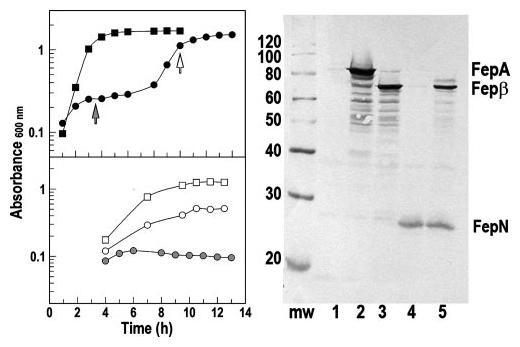FIGURE 6. Expression of FepA, FepN, and Fep β in OKN3.

Left, growth in LB broth and MOPS minimal media. Top, OKN3 harboring pITS23 (squares) or pFepNpFepβ (circles) was inoculated into LB broth at 37 °C and shaken at 250 rpm. When expressing wild-type FepA, it grew without a lag and had a doubling time of 35 min; when separately synthesizing the N- and C-domains of FepA, OKN3 showed a first phase with doubling time of ∼10 h, and a second phase with doubling time of 75 min. Bottom, if subcultured from the first phase of LB growth into MOPS media (at the filled arrow), OKN3/pFepNpFepβ did not grow (filled circles), but when subcultured from the second phase (unfilled arrow), it had a doubling time of 3 h (open circles), only slightly slower than that of OKN3/pITS23 (2 h, open squares). Right, expression of FepA, FepN, and Fepβ (lane 5) in OKN3. After growth in LB or MOPS media for 6 h, lysates of OKN3 (lane 1) harboring pITS23 (lane 2), pFepβ (lane 3), pFepN (lane 4), and pFepN pFepβ (lane 5) were separated on SDS-PAGE gels and immunoblotted with anti-FepA MAbs (44) 45 and 41 (recognize epitopes in surface loop 4 (near residue 329 (27)) and the N-domain (residues 100–142 (48)), respectively. The immunoblot derives from bacteria grown in LB broth, but expression of FepA and its fragments was the same in all conditions, despite physiological differences in the two media at different stages of growth (see text).
